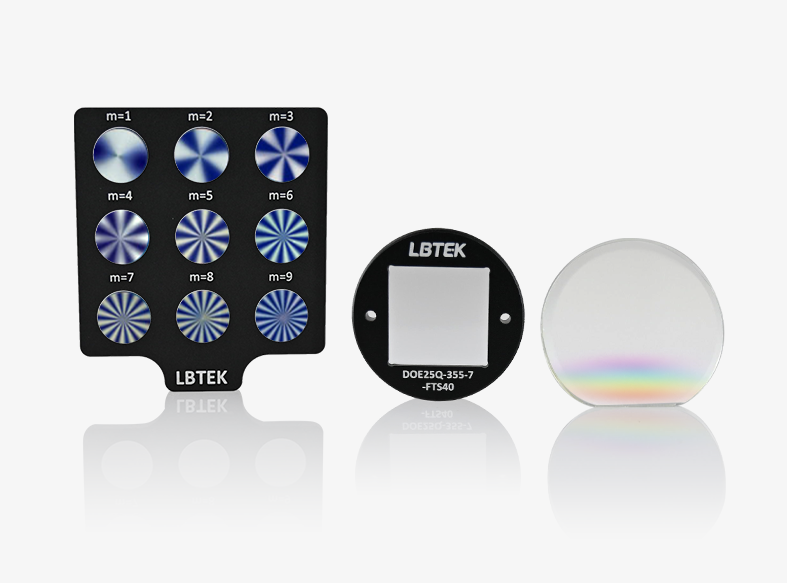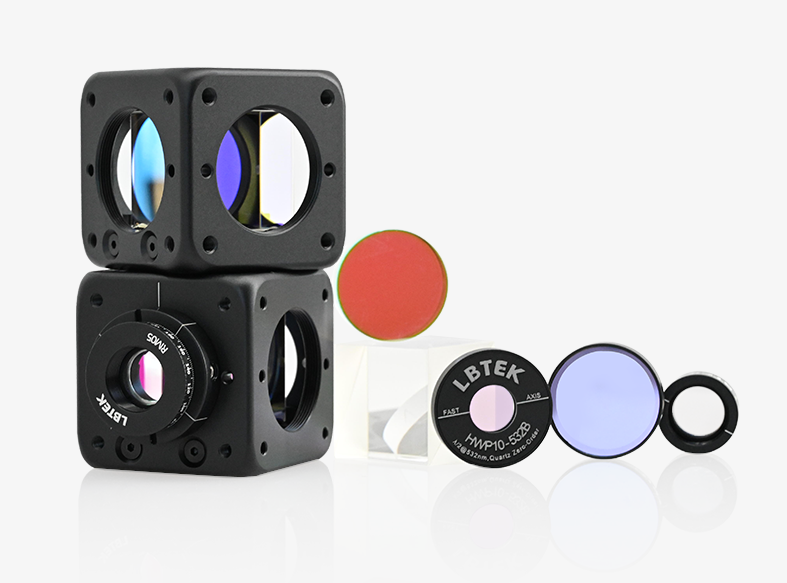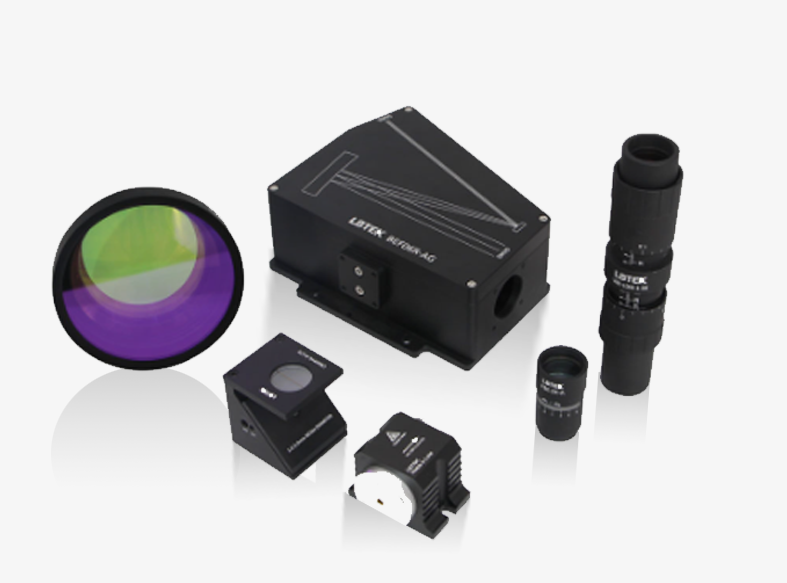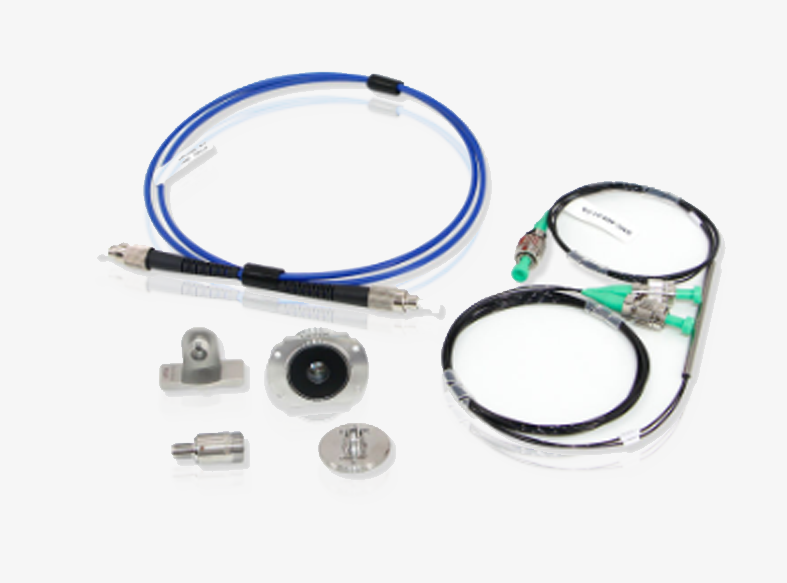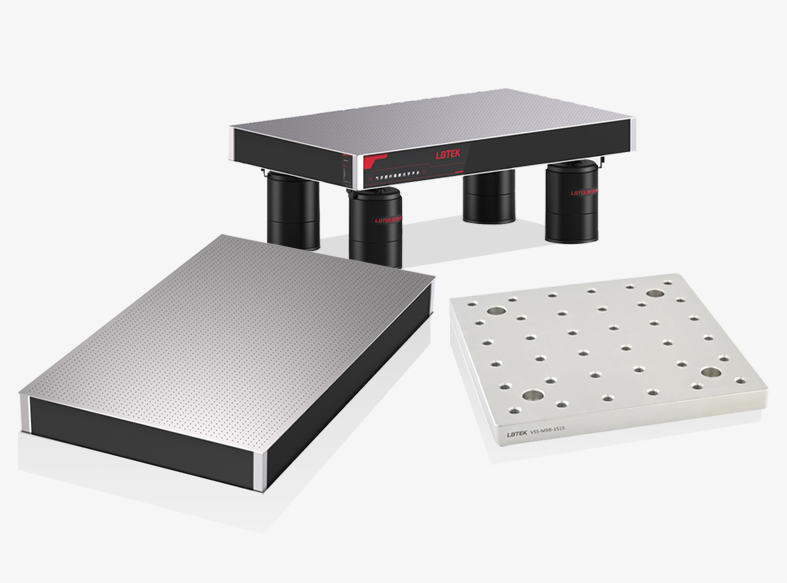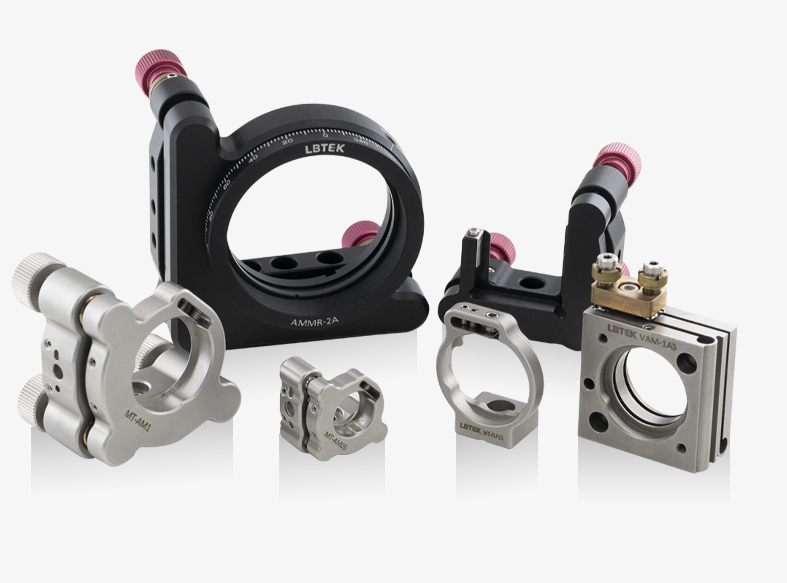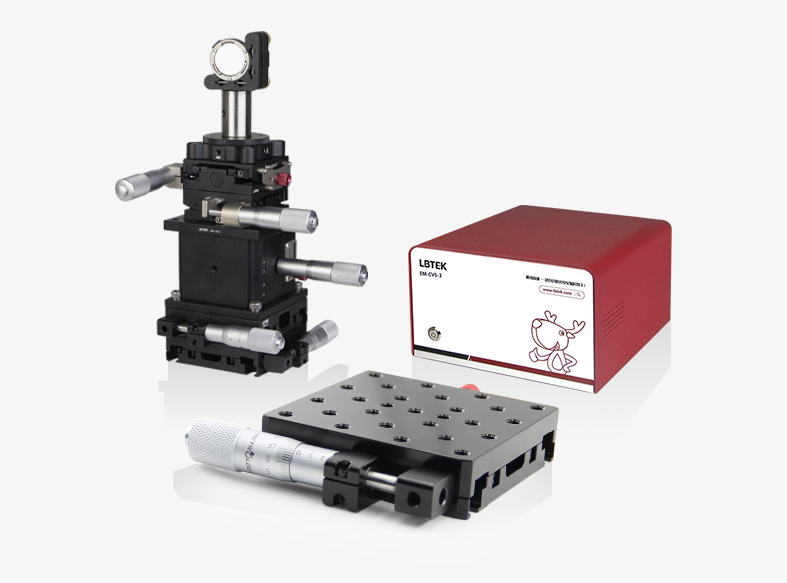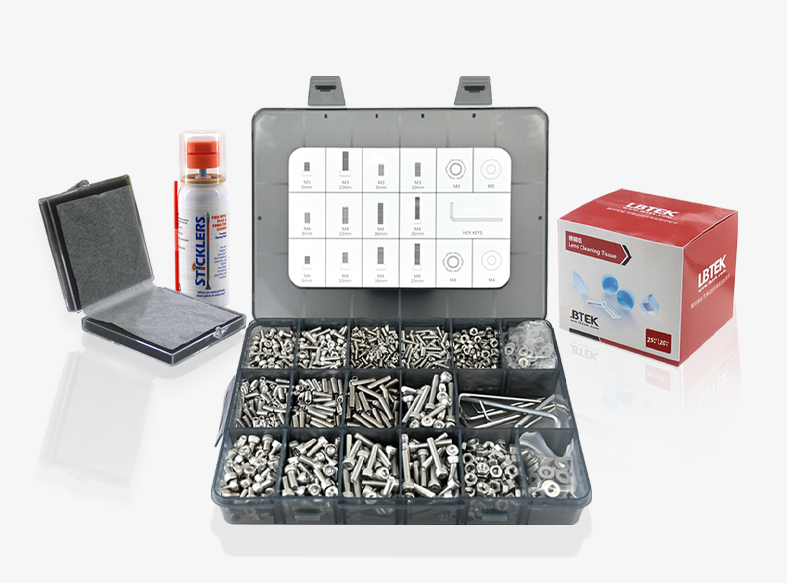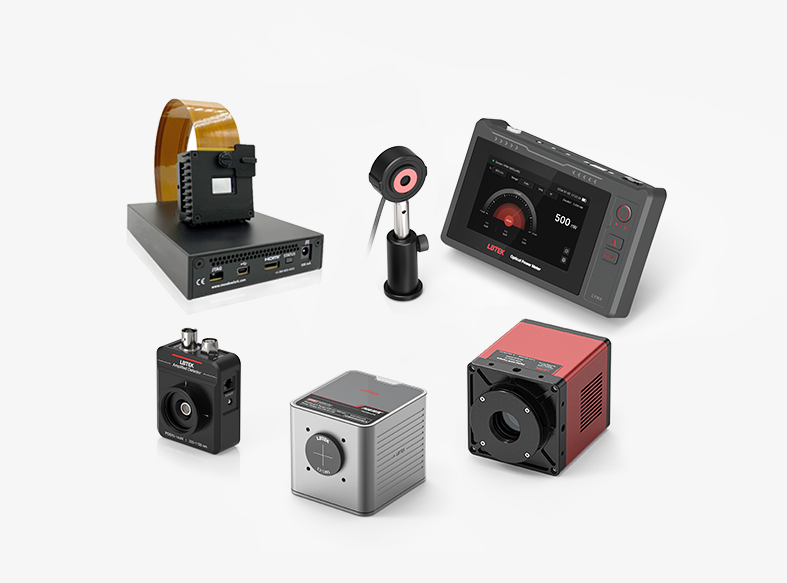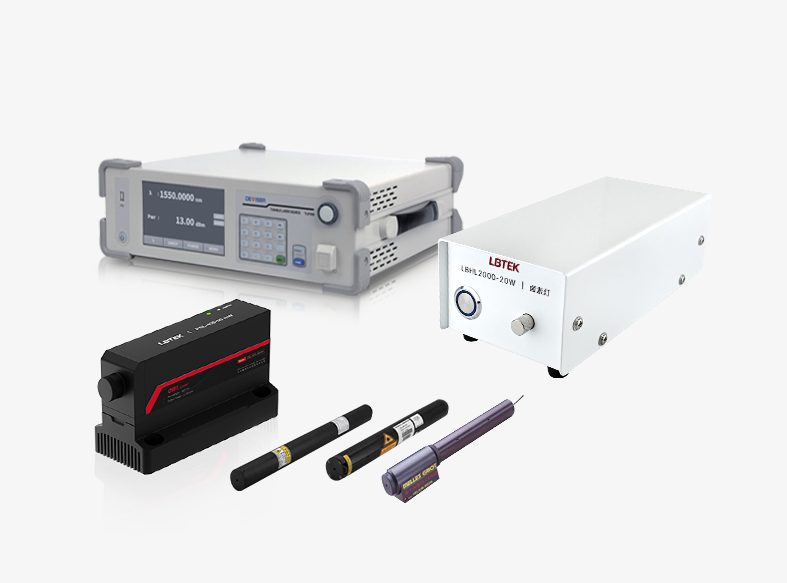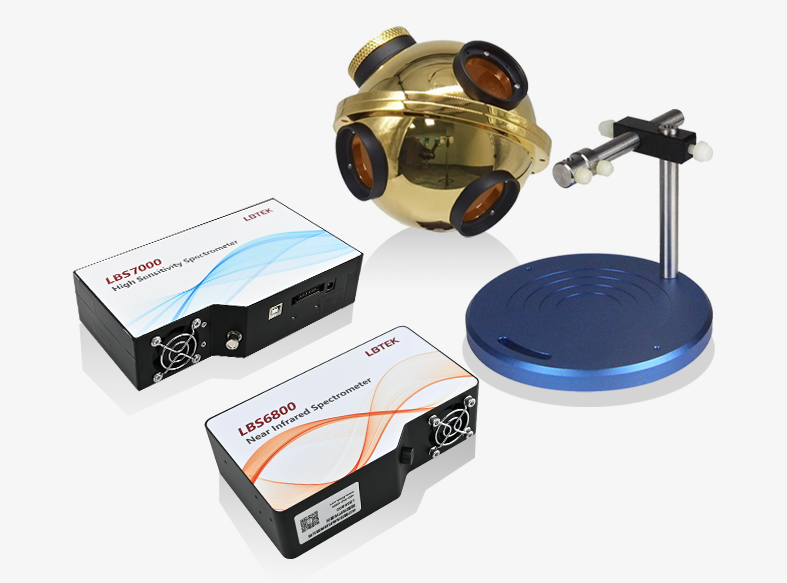Specifications
Tutorial
Feedback
Product Description
- LCoS (Liquid Crystal on Silicon) substrate, phase modulation
- Full HD resolution: (H)1920×(V)1200 or (H)1920×(V)1080
- Trigger input & output
- Applicable for beam steering, shaping; wavefront correction; programmable phase patterns
A spatial light modulator (SLM) is an active device based on electro-optic, acousto-optic, magneto-optic, or photorefractive effects. It enables real-time modulation of the optical parameters of a light field—such as amplitude, phase, and polarization state—while embedding information to assist in active beam shaping and wavefront control.
LBTEK spatial light modulators utilize reflective liquid crystal on silicon (LCoS) microdisplay technology. By applying electrical control signals, pixel-by-pixel addressable free-phase modulation can be achieved on the LCoS surface, allowing the generation of arbitrary 2D phase patterns. The included GUI software allows adjustment of the SLM phase response at different wavelengths, as well as providing functions for image input, dynamic display, computational hologram generation, and more. Additional operation modes are described in the product manual.
Spatial Light Modulator, resolution 1920×1080
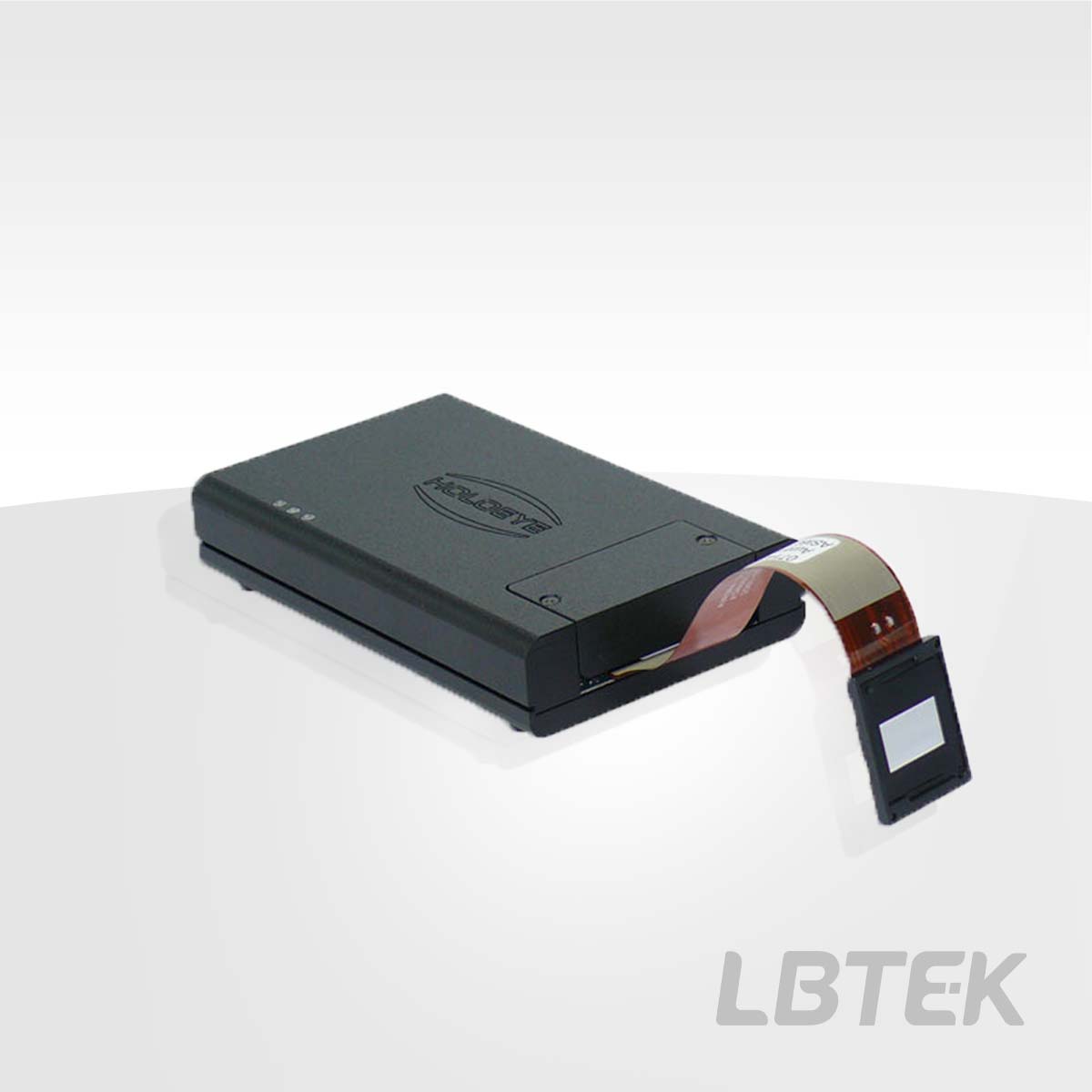
- HDMI high-definition data interface
- Fill factor: 93%
- 350-1700 nm multiple operating wavelengths available
The spatial light modulator provided by LBTEK consists of a driver with a standard digital video interface (HDMI) and a pure-phase LCOS microdisplay with a resolution of 1920×1080 and a pixel pitch of 8 μm. It is a device that utilizes the birefringence principle of liquid crystals to modulate the phase of light in real time (it can also achieve amplitude modulation or a combination of both). The driver employs an HDMI interface to address phase functionality and uses a USB connection for driver communication. The configuration manager on the PC side can be used to load new gamma curves or other digital driving schemes to modify geometric settings, brightness, contrast, and electro-optical response of the patterns. Additionally, the driver features trigger synchronization output, enabling synchronization of the device with external equipment.
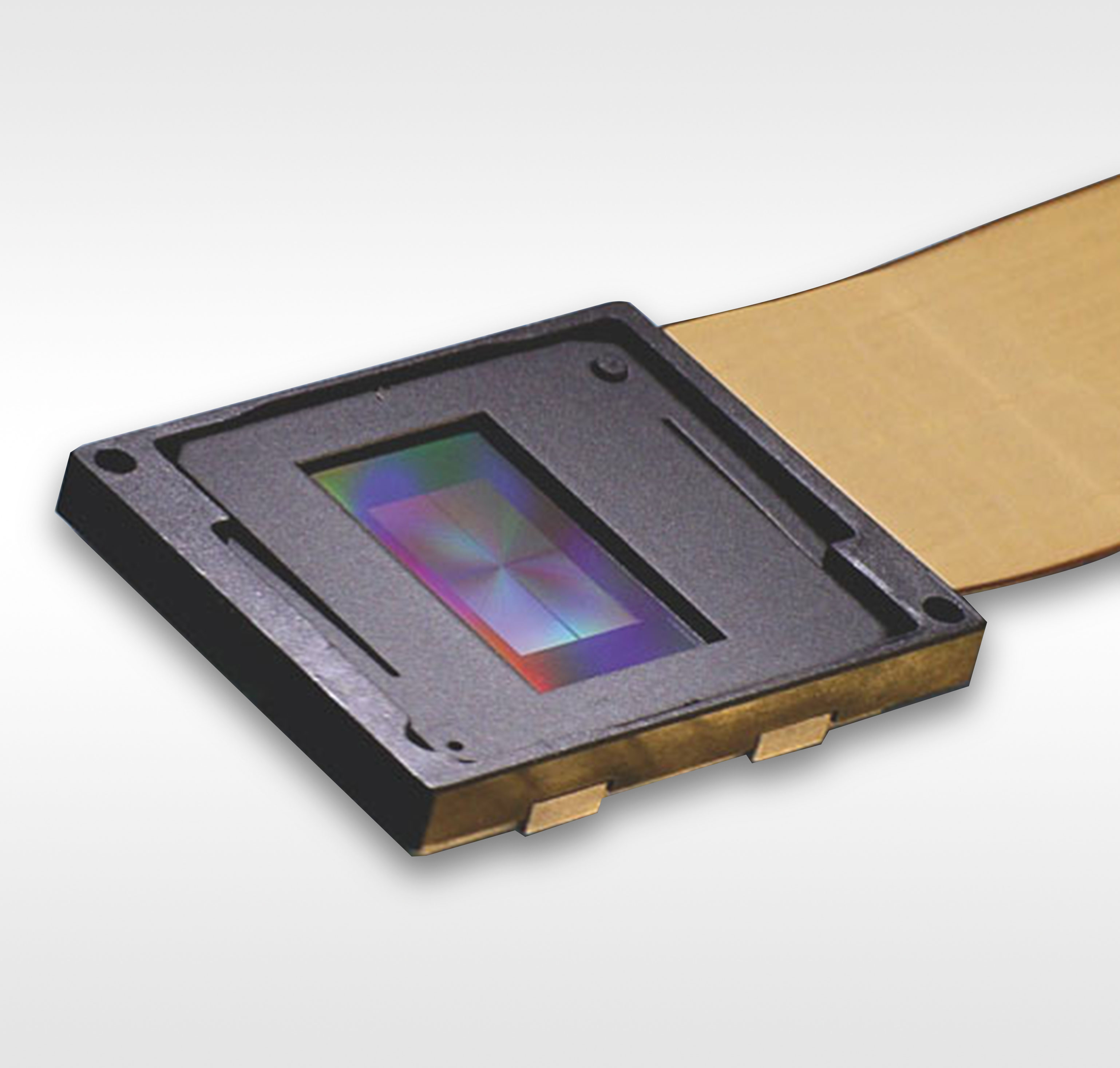
Spatial Light Modulator Liquid Crystal Panel Diagram
Product Model | Operating Wavelength | Surface Reflectance (Ravg) | Refresh Rate | Unit Price | Compare | Lead Time | ||
|---|---|---|---|---|---|---|---|---|
| UV-099 | 350-500 nm | >90% | 60 Hz | Contact | Contact | |||
| VIS-014 | 420-650 nm | >65% | 60 Hz | Contact | Contact | |||
| VIS-016 | 420-650 nm | >67% | 60 Hz | Contact | Contact | |||
| VIS-130 | 500-660 nm | >94% | 60 Hz | Contact | Contact | |||
| NIR-145 | 420-1064 nm | 65%–87% (80%average) | 60 Hz | Contact | 3 weeks | |||
| NIR-015 | 650-1100 nm | 65%-73% | 60 Hz | Contact | Contact | |||
| NIR-149 | 1000-1100 nm | >93% | 60 Hz | Contact | Contact | |||
| TELCO-142 | 1500-1600 nm | >93% | 60 Hz | Contact | Contact | |||
| NIRO-023 | 1064-1400 nm | >74% | 60 Hz | Contact | Contact |
